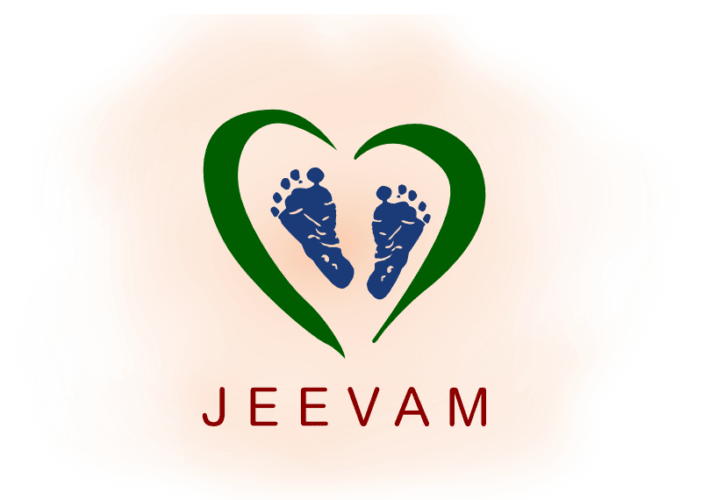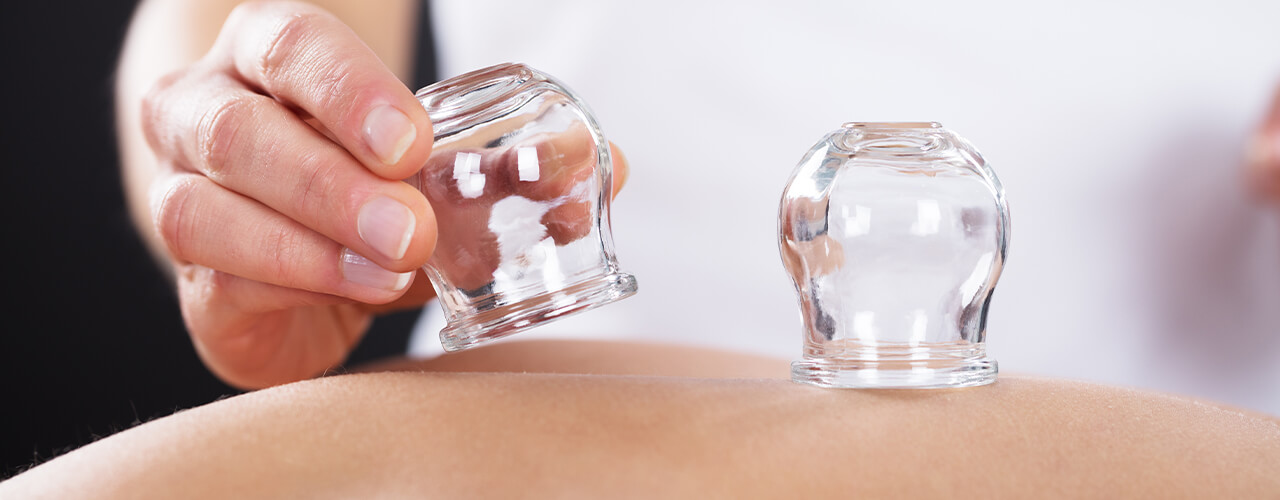Cupping Therapy
While the popularity of cupping has significantly increased in the past recent years, it isn’t a new practice. In fact, it was originally used by the ancient Chinese, Egyptian, and Middle Eastern cultures. It is an ancient form of alternative medicine that is performed by placing cups on the skin, in order to create suction.
I’m not so sure about cupping – does it really work?
While there are some apprehensions toward cupping, there is the real science behind it. The suction within the cups creates negative pressure, which helps to increase hydration and blood flow to body tissues, ease up adhesions, and eliminate excess fluids. It is a versatile treatment that can be modified for your condition, whether you are in need of deep tissue massage or lymphatic drainage.
It is important to note that cupping is not a treatment method that will be performed on skin with wounds, infections, burns, or active inflammation. It can sometimes create bruises on the skin that can last up to two weeks. Bruises typically resolve themselves with time and should not be of concern.
Why should I choose cupping therapy?
There are several benefits to cupping. It can boost your skin health, help with respiratory issues, and even improve digestion. It is also used to speed up the recovery time of certain injuries and ailments, in addition to reducing symptoms.
If you are in Edison, Princeton, or Paramus, NJ, and have an injury or health condition that is limiting you from living your life the way you want, start with requesting an appointment with Jeevam Therapy. You will meet with one of our NJ licensed physical therapists to figure out if cupping is right for you!
Cupping can sometimes be described as a “tissue distraction release” technique. During the cupping process, the cups are glided across different areas of the body in order to lift and separate tissue. This works to enhance the release of the interfaces between the neural tissues, fascia, skin, ligaments, muscles, and tendons. It relaxes muscles, releases trigger points, improves lymphatic flow, increases local circulation, and releases scar tissue adhesion. Evidence supports cupping as an effective treatment method for several conditions, such as chronic neck pain, low back pain, and fibromyalgia.
It is no secret that cupping is a common and popular practice among athletes. In fact, several athletes from the 2016 Rio Olympics used cupping. A running patient with over a year history of the iliotibial band (ITB) pain reported instant relief following a three-minute session of cupping. The technique was repeated a week later. Following only two cupping sessions, he was symptom-free and returned to his usual running routine. Olympic Swimmers Michale Phelps has used it excessively during his Olympic routine.

Cupping on Michale’s shoulder enhanced his performance!
What can I expect from a cupping session?
Cupping is a fairly intricate process. Our Edison, Princeton, and Paramus, NJ physical therapists will begin by assessing the part of your body that needed release. S/he will place suction cups on the desired area. Sometimes your doctor of PT may use the manual cupping release method.
There are three forms of Manual cupping release techniques: longitudinal, cross-fiber, and circular. The most common form is longitudinal, where the cup is glided longitudinally across the muscle fibers. Cross fiber is used when it is believed that the tissue is scarred. Circular is typically used at the end of the session, in order to ensure that all areas were covered.



